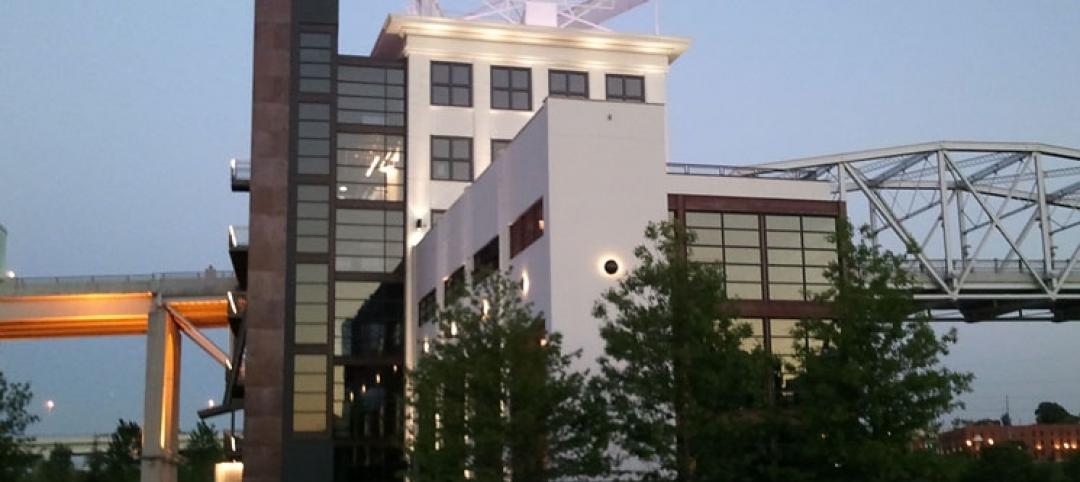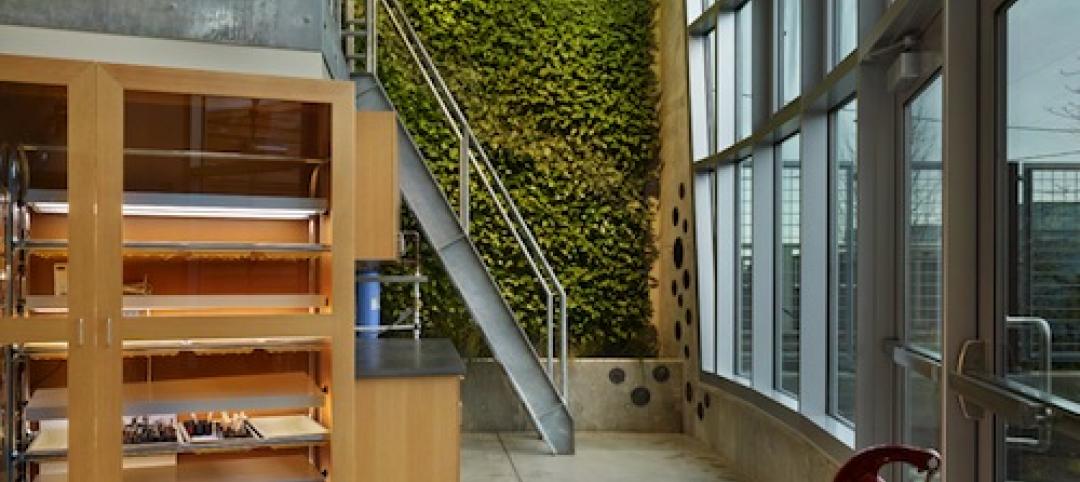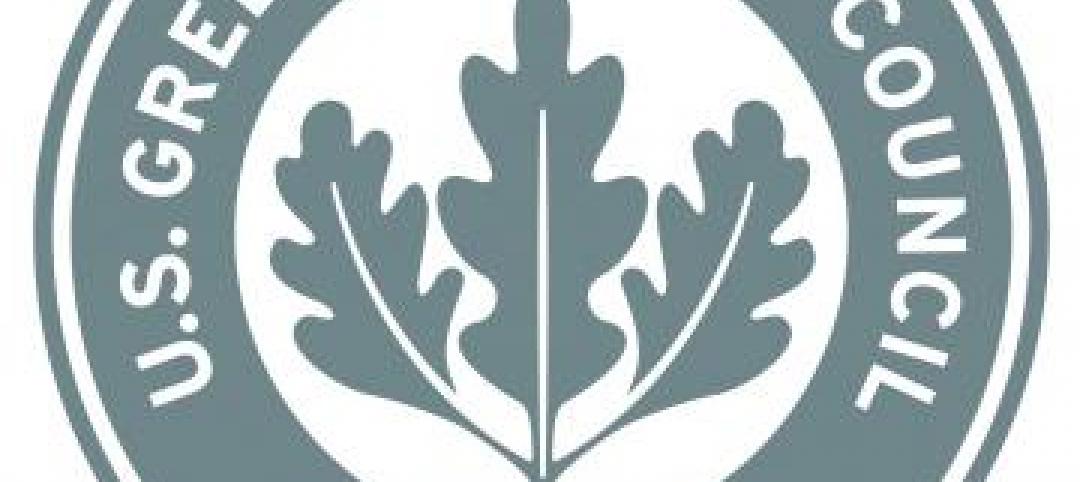A building energy labeling program that allows the industry to zero in on opportunities to lower building operating cost and make informed decisions to increase value has been expanded to include an As Designed label.
ASHRAE's Building Energy Quotient (bEQ) program is now two labels in one: an As Designed label that rates the building’s potential energy use under standardized conditions—independent of the building’s occupancy and usage—and an In Operation label that rates the building’s actual measured energy use as influenced by the building’s occupancy and usage.
A building’s utility costs are some of the largest, yet most controllable, operating expenses; therefore, managing a building’s energy efficiency is an integral part of the building’s operational and financial performance.
As the marketplace, the built environment industry and the government look at reducing energy use and saving money, the Building Energy Quotient is an easily understood, yet technically sound, tool for understanding a building’s energy use and identifying opportunities to reduce that use is needed. ASHRAE, a building technology society with more than 50,000 members worldwide, is the developer of bEQ.
“Owners, tenants, potential owners and tenants and building managers need to have the information necessary to make informed decisions about the energy use of the existing buildings where we live, work and play,” Amy Musser, Ph.D., P.E., a consulting engineer in Ashville, N.C., and volunteer chair of the bEQ Committee, said. “bEQ allows commercial building owners to zero in on opportunities to lower building operating cost and make informed decisions to increase value. It also allows potential buyers or tenants to gain insight into the value and potential long-term cost of a building.”
“What makes bEQ unique is the depth of the analysis upon which each rating is based,” Musser said. “Each label requires an ASHRAE-certified professional to perform either an energy assessment or standardized model; this brings a highly qualified individual to the building’s energy management team.”
The As Designed label is based on the results of an energy model with standardized inputs as compared to a baseline median EUI. The rating is based on simulated energy use—independent of operational and occupancy variables. Since the label compares a building under a standardized set of operating assumptions, it is a useful tool for tenants who want to compare different buildings without including effects of the current occupants as well as for operators to know whether they are achieving the full designed potential for a particular building. To receive an As Designed rating, a standardized energy model must be performed by an ASHRAE-Certified Building Energy Modeling Professional (BEMP).
The key component of the In Operation label is the in-operation assessment, which includes an ASHRAE Level I Energy Audit—the industry standard for determining a building’s energy use—conducted by an ASHRAE-Certified Building Energy Assessment Professional (BEAP), along with recommendations for energy improvement measures. The rating focuses on the building’s actual energy use for the preceding 12 to 18 months and is based on actual operating data. This helps building owners and operators see how their building’s energy usage compares to the energy usage of a median baseline building and highlights their building’s potential for energy performance improvement.
“bEQ is a voluntary program that draws on successful features from other U.S. and European building labeling and certification programs.” Musser said. “Building energy use disclosure is already mandatory in the states of California and Washington; the cities of Washington, D.C.; Austin, Texas; Boston, Mass.; Philadelphia; Pa.; New York City, N.Y.; San Francisco, Calif.; and the European Union and Australia.”
Buildings that participate in the program will receive a displayable label or plaque with an easily understood rating scale to allow a comparison of the building’s energy use with similar buildings, as well as demonstrate the building owner’s commitment to energy efficiency. Buildings can be labeled using both labels or just one.
The building owner will also be given a dashboard that provides a quick overview of the buildings energy usage, and a certificate that contains additional technical information to explain the score on the label and that could be used to satisfy compliance with state and local disclosure requirements.
Finally, documentation accompanying the label and certificate provides the background information useful for engineers, architects and technically savvy building owners or prospective owners in determining the current state of the building and opportunities for improving its energy use.
For more information, visit www.buildingenergyquotient.org.
ASHRAE, founded in 1894, is a building technology society with more than 50,000 members worldwide. The Society and its members focus on building systems, energy efficiency, indoor air quality and sustainability within the industry. Through research, standards writing, publishing and continuing education, ASHRAE shapes tomorrow’s built environment today.
Related Stories
| May 7, 2013
Renovated bridge building will anchor Nashville riverfront master plan
Renovations to the former Nashville Bridge Company building were recently completed, including a newly-built modern wing. The facility has been re-dubbed The Bridge Building and now offers spaces for meetings, parties, weddings, and other events.
| May 3, 2013
'LEED for all GSA buildings,' says GSA Green Building Advisory Committee
The Green Building Advisory Committee established by the General Services Administration, officially recommended to GSA that the LEED green building certification system be used for all GSA buildings as the best measure of building efficiency.
| Apr 26, 2013
BIG tapped to design Europa City in suburban Paris
Danish architecture firm, BIG - led by Bjarke Ingels – has been announced as the winner of an international invited competition for the design of Europa City, a 800,000 square meter cultural, recreational and retail development in Triangle de Gonesse, France.
| Apr 26, 2013
Apple scales back Campus 2 plans to reduce price tag
Apple will delay the construction of a secondary research and development building on its "spaceship" campus in an attempt to drive down the cost of developing its new headquarters.
| Apr 25, 2013
Colorado State University, DLR Group team to study 12 high-performance schools
DLR Group and the Institute for the Built Environment at Colorado State University have collaborated on a research project to evaluate the effect of green school design on occupants and long-term building performance.
| Apr 22, 2013
Top 10 green building projects for 2013 [slideshow]
The AIA's Committee on the Environment selected its top ten examples of sustainable architecture and green design solutions that protect and enhance the environment.
| Apr 16, 2013
5 projects that profited from insulated metal panels
From an orchid-shaped visitor center to California’s largest public works project, each of these projects benefited from IMP technology.
| Apr 15, 2013
Seattle school certified as world's fourth Living Building
Bertschi School, an independent elementary school in the Capitol Hill neighborhood of Seattle, Wash., is now home to the first Living Building on the West Coast and the world’s fourth fully-certified Living Building.
| Apr 15, 2013
USGBC adds green building finance expert
The U.S. Green Building Council (USGBC) has announced that Dan Winters recently joined the organization as Senior Research Fellow for Business Strategy and Finance.


















